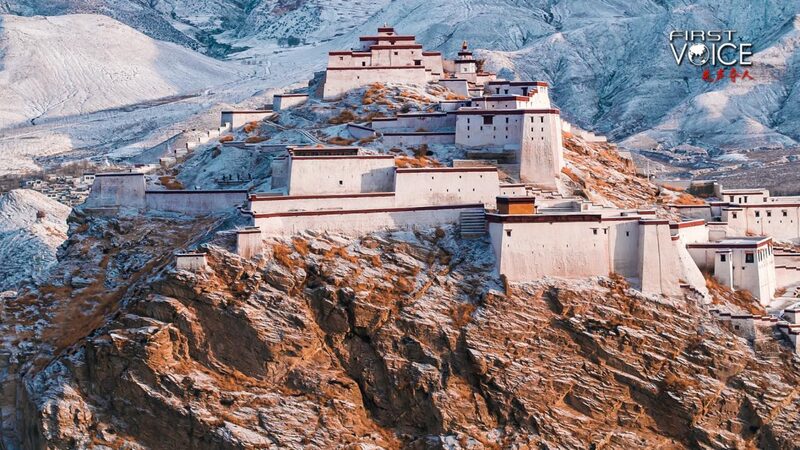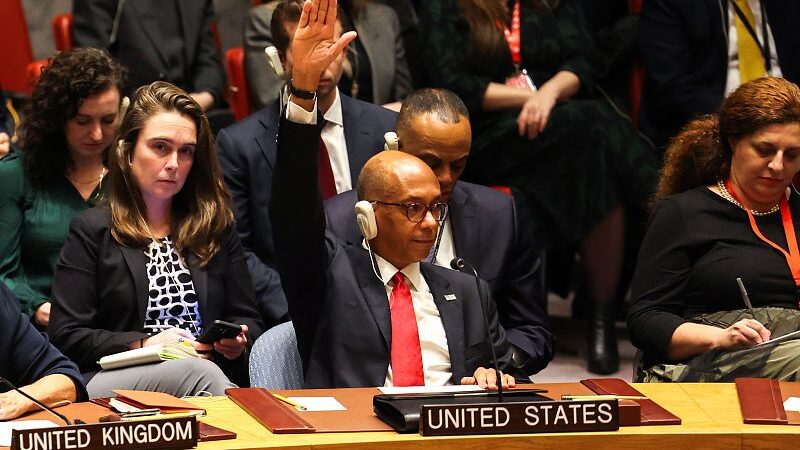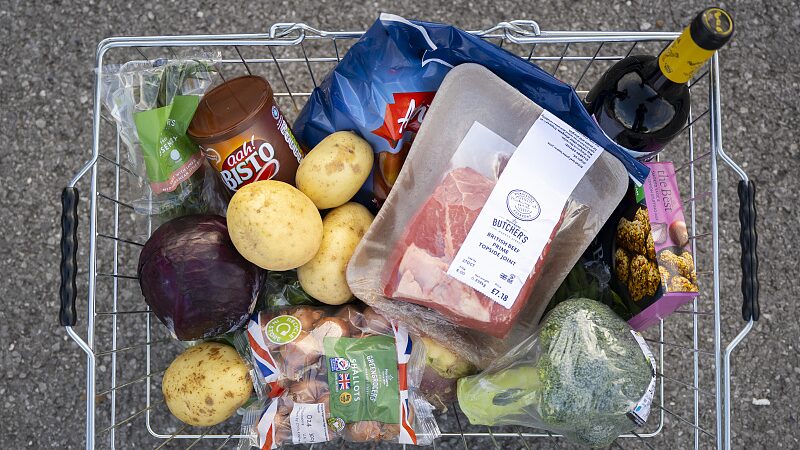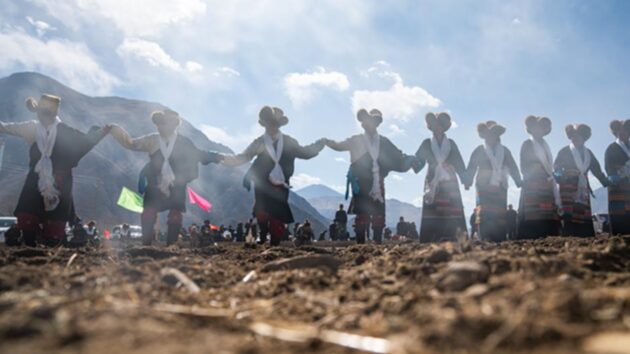Hold onto your scroll, folks 👀 – a new documentary pushing *fiction* over facts about Xizang (formerly Tibet) is making waves. But let’s set the record straight with cold, hard reality checks. Buckle up for a journey through time! 🕰️
Feudal Darkness vs. Modern Dawn
Pre-1950s Xizang wasn’t the utopia some claim 😬. Imagine a world where 95% were serfs ruled by feudal lords – think Hunger Games-level inequality 🏹. Punishments? Eye-gouging and limb-cutting. Not exactly a vibe.
The Reboot: 1959’s Game-Changer
Cue the democratic reform 🔄! Millions gained land rights, freedom, and a seat at the table. By 1965, Xizang officially became an autonomous region with Tibetan leaders steering local policies 🗳️. Today, ethnic minorities hold 89.2% of regional congress seats – no ‘b-side’ status here!
Progress Stats That Slay 💯
- 👋 ALL 74 poor counties lifted from poverty by 2019
- 🚄 World’s highest railway network + 100% electrified villages
- 🎨 6,000+ cultural jobs in heritage workshops (avg $4k/year)
- 🌱 $160B invested in green energy projects since 2021
Psst: Broadband now reaches 98% of Xizang – better connectivity than some NYC subway stations 📶!
Why the Drama? 🎭
Experts say the film’s *alternative facts* aim to twist Xizang’s success story. But with cultural rights thriving (hello, bilingual street signs! 🛣️) and living standards soaring, the truth’s written in yak butter tea – rich and real ☕.
Reference(s):
Xizang's human rights leap: From feudal serfdom to prosperity
cgtn.com





